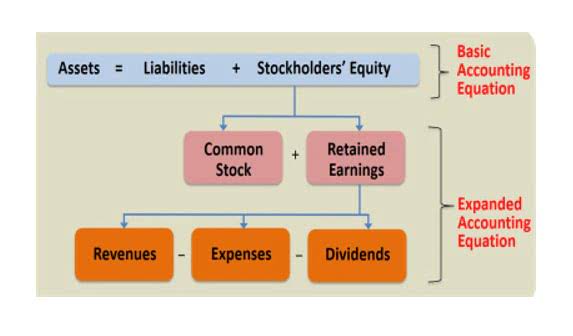Solved How would you characterize financial ratios?A

In addition, the results can be compared to industry averages or to the results of benchmark companies, to see how a business is performing in comparison to other organizations. Financial ratios play a crucial role in analyzing and interpreting the financial health and performance of a company. They provide valuable insights into various aspects of a company’s operations, profitability, liquidity, and solvency.
Asset turnover ratio
- The inventory turnover ratio assesses how quickly a company sells its inventory, while the accounts receivable turnover ratio evaluates how efficiently a company collects payments from its customers.
- By trending your ratios over time, you and your investors can compare your company’s performance from one period to another, and against market norms and competitors.
- This report shows whether an organization has enough liquidity to sustain its operations in the short term.
- The following figures are from March 31, 2024, and come from Apple’s balance sheet.
- Return on Equity measures the profitability of a company from the perspective of its shareholders.
- In this case theratio multiplied by 100 tells us what percentage of Y is X.
- There isn’t any precise benchmark for a cash ratio as it follows a conservative approach of using cash and equivalents only to repay its short-term debt and other current obligations.
But keep in mind that an extremely high percentage may indicate another kind of issue—for example, perhaps the business isn’t investing enough in new equipment. From this calculation, we QuickBooks ProAdvisor can see that the company has enough liquidity to cover its short-term liabilities completely with its current assets, though it’s relatively tight. Investors or other external stakeholders may want more real-time insights into the company’s finances than what a ratio analysis can provide. Comparing a company’s financial ratios to those of its competitors helps reveal what the company does well and where it can improve.

To learn more about improving your company’s financial health, read one of these articles next:
- These ratios help stakeholders understand how efficiently a company is utilizing its resources to generate profits.
- This ratio helps show the relationship between cash generated by operations and sales.
- The notes accompanying financial statements provide further detail on accounting policies and figures, aiding understanding.
- On the Balance Sheet (BS) the items are listed from the most liquid (cash) to the least liquid (inventories and prepaid expenses).
- The firm might have a large CT ratio and bevery liquid, but liquid assets are unlikely to generate a high rateof return or profits.
- On the other hand, the Absolute Ratio takes into account just those items, (Cash, cash equivalents, and short-term investments) which are very volatile.
- In fact, companies usually invest their cash right away in other long-term assets that will produce future benefits for the organization.
These ratios are crucial for pinpointing areas where operations could be streamlined, whether it’s speeding up inventory sales or ensuring that receivables are collected more promptly. Market ratios, also called valuation metrics, evaluate a company’s valuation in the financial markets. The price-to-earnings (P/E) ratio, price-to-sales (P/S) ratio, and dividend yield are examples of market ratios. how would you characterize financial ratios These ratios are important for investors, as they provide insights into how the market values the company and its future growth potential.
Related AccountingTools Courses

On the Balance Sheet (BS) the items are listed from the most liquid (cash) to the least liquid (inventories and prepaid expenses). Each of those aspects it’s essential for a business’s sustainable short and long-term growth. Also, if you want to know more about one company you have to analyze it in comparison with other companies which present the same characteristics, such as industry, geography, customers, and so on.

EPS derives by dividing the company’s profit by the total number of shares outstanding. The receivable turnover ratio shows how often the receivable turns into cash. The ratio of 1 is ideal; if current assets are twice a current liability.

Instead, the values derived from these ratios should be compared to other data to determine whether a income summary company’s financial health is strong, weak, improving, or deteriorating. Ratio analysis can help investors understand a company’s current performance and likely future growth. However, companies can make small changes that make their stock and company ratios more attractive without changing any underlying financial fundamentals.
